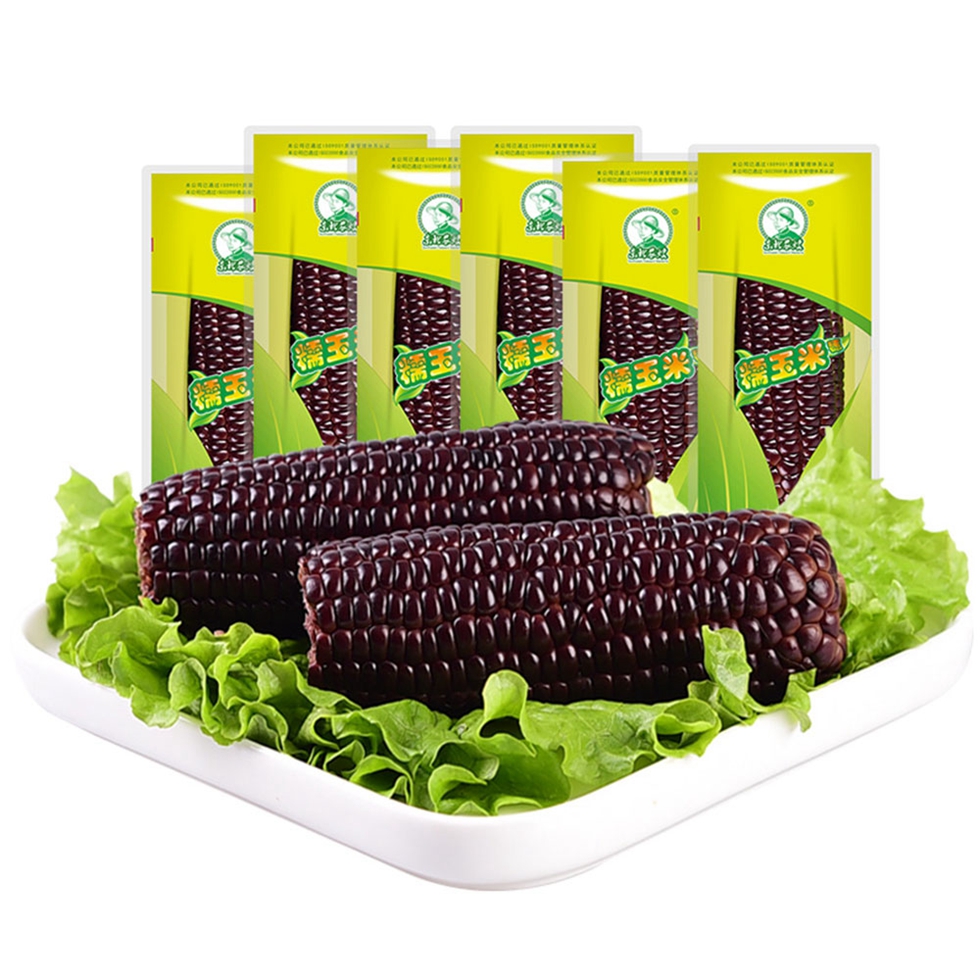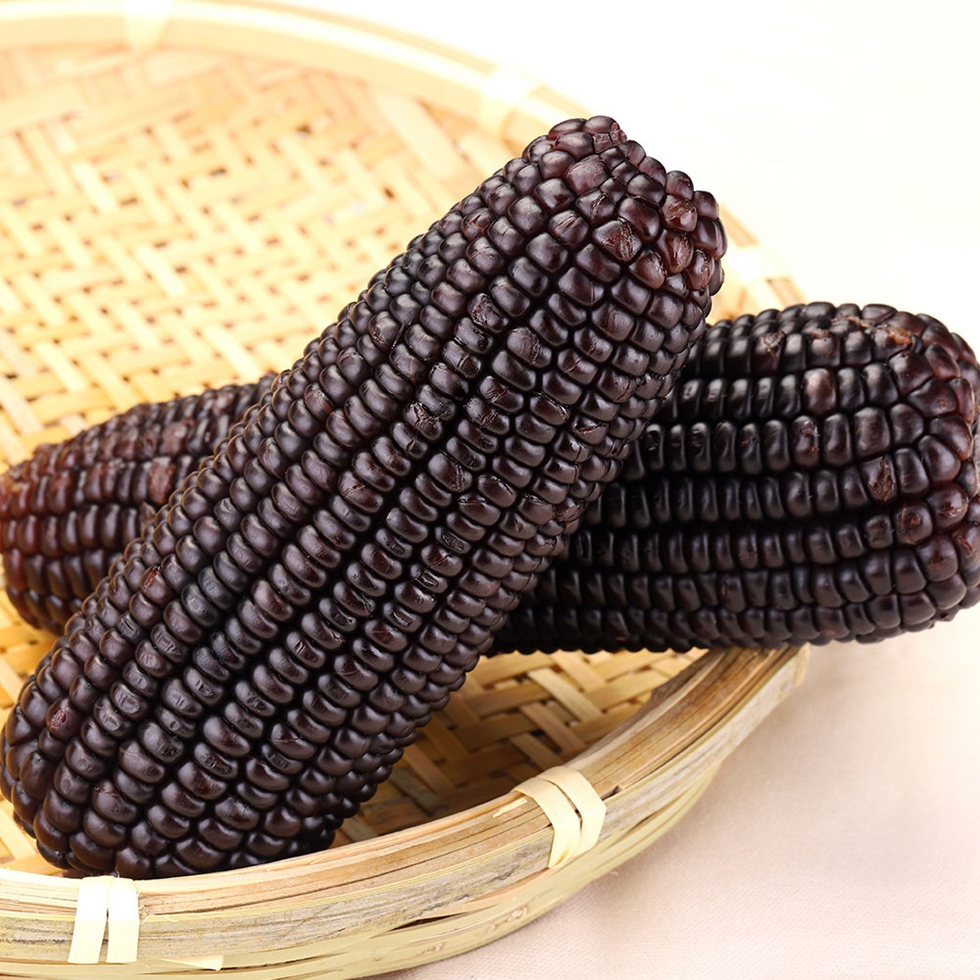Raising the survival rate of the lambs in winter and cultivating lambs with good body shape, strong body type and excellent performance will directly affect the level of production performance. Therefore, efforts should be made in the management of lambs. Do a good job of feeding and management 1, close to the term of production, should pay attention to the ewes symptoms, do a good job in the production work, timely removal of newborn lambs and mucous around the mucus and anus feces, and sterilize urine with 5% iodine. On the day after the lamb was born, it must be allowed to eat colostrum in order to facilitate the elimination of the fetus. When the ewes die or lack of milk, they may try to consume colostrum from other ewes. The newborn lamb, a strong one who can suck milk, a weak lamb, or a first-born ewes, is not a baby horny ewes and needs manual feeding. That is, the ewes are placed in the mother's pen and the lambs are carried to the breasts. Before, the lamb will suck the milk, and the weak ones should be fed once every 1-3 hours. After several times, they will find the ewes themselves to suck the milk. When the ewes feed their lambs, they often sniff the lambs to recognize their own lambs. Therefore, when breastfeeding at other ewes due to lack of milk and multiple births, the ewes should be urinated and coated with lambs so that they can recognize the lambs. 2. The litter should generally be in a litter box or a special lamb production bar. Within 3 to 7 days after childbirth, the female lamb lives here to ensure that the lamb can eat colostrum, and make the mother's relatives, and know well. Should pay attention to the ewes at night do not press, squeeze the lamb. On the 7th day after giving birth, the ewe can properly go outside to feed grass. At noon, the ewe should return the lamb. In the evening you should pay attention so that each lamb can find its own ewes, and the best conditions for the mother to feed for 15 to 20 days. When lambs are 15 to 20 days of age, they must be trained to graze. For half-month old lambs, 50-75 grams of supplements are replenished each day. For 1 to 2 months of age, 100 grams of supplemental feed is used by the lambs, and 200 grams are supplemented for 2 to 3 months of age. Mixtures, beans, bean cakes, corn, etc. as well. The hay should be chopped and placed in the trough. Feed the concentrate, feed the coarse material, and feed the fodder properly. Ensure that the lamb has enough water. The lamb should perform activities on the playground every afternoon for a certain period of time. 3, lambs weaning method is to 3 to 4 months of age must be weaned. More than one weaning method is used, that is, the mother is divided into groups and no longer gregarious. After weaning, the ewes are removed and managed according to the sex of the lambs. 4, timely castration, broken tail, non-species with lambs around the age of 4 weeks, you can castration, commonly used surgical methods and ligation. Tailings can be carried out on the two weeks following the birth of the lamb. The common method of burning and breaking the tail and ligating the tail is common practice. Do a good job in housing hygiene The sheep house is required to be kept dry, clean and warm, the temperature is maintained at 0~5°C, and the thief wind is prevented from being blown. Always pad grass, or dry soil, dry dung, etc., to keep the ground dry, timely removal of debris, iron wire and other debris, to prevent the intestinal blockage or perforation of the lamb and cause death. The trough should be clean and sanitary. Grasping disease prevention and treatment of lamb Health and epidemic prevention directly affects the survival rate of lambs, so effective prevention and control measures should be taken. Preventive measures: 1. Lambs eat colostrum after birth to enhance their immunity. 2. Within 12 hours of the birth of the lamb, the water was adjusted to 0.20 g streptomycin alone. 3, do a good job housing sanitation, regular disinfection. 4, regularly chase lambs, enhance physical fitness. 5. Observe carefully, make sure that the disease is found in time, and immediately isolate and treat. Treatment: 1, dysentery. Intravenous injection of chain toxin or tetracycline is good, or kainomycin, gentamycin, and fluocin injection are intramuscular injections. 2, constipation. Oral feeding mothers, multiple tablets, serious enema. 3, pneumonia. Intravenous tetracycline works very well, but be careful not to overdo it to prevent poisoning. 4, mouth inflammation. The main treatment is iodine glycerol.
Colorful Mottled Waxy Corn is generally white, yellow, red, purple and black, with white, yellow and Black Waxy Corn being the basic colours. The purple gene of a purple-white cross naturally becomes purple if it "beats" the white gene, and vice versa, so if the two make a tie, we see white and purple corn. Purple can turn into red and Fresh Black Corn, or as we often say, "red is purple and black is purple". Of these Mottled Waxy Corn, the most common Yellow Waxy Corn is the most nutritious, as it is rich in carotenoids.
Purple Waxy Corn,Single Packed Waxy Corn,Single Packed Black Waxy Corn,Single Packed Purple Waxy Corn Jilin Province Argricultural Sister-in-law Food Co., Ltd. , https://www.nscorn.com

